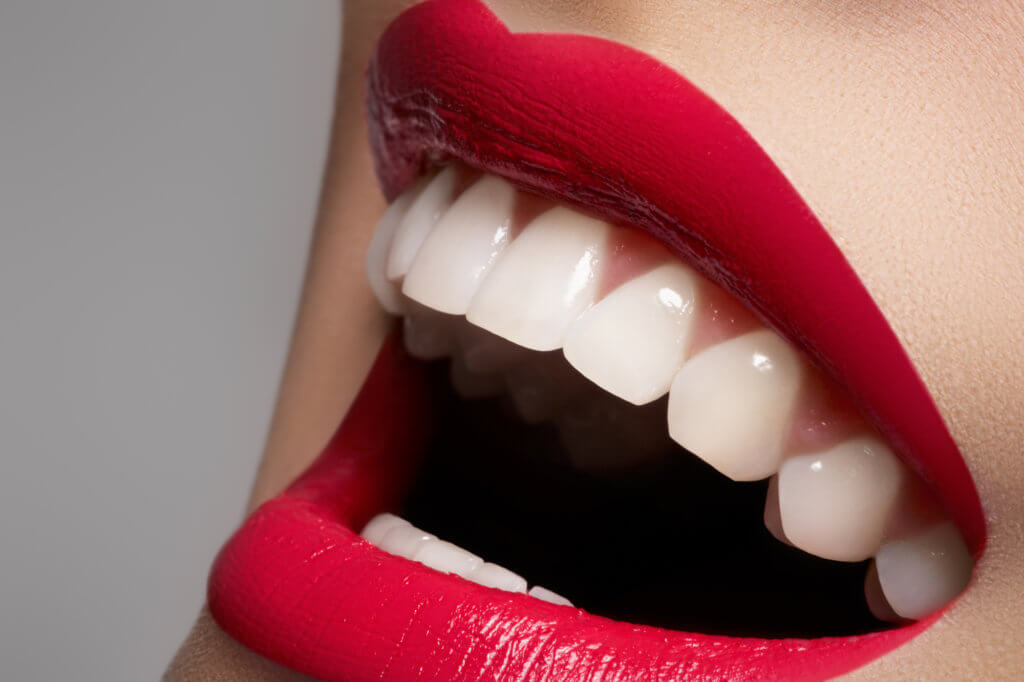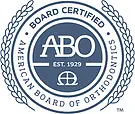Did you know that there are more than 4 million Americans who wear braces? Braces and aligners can be amazing when it comes to straightening teeth. Some braces can even help to realign the jaw to fix a bite abnormality.
When you see someone with very crooked teeth end up with perfectly straight teeth after wearing braces for a while, you might be wondering, “How do braces work exactly?” The science of braces is actually not as complicated as you might think.
Keep reading and learn more about how braces.
How Do Braces Work?
Braces for teens, children, or adults, all work in more or less the same way. They aim to fix malocclusion, also known as crooked teeth. Most people get braces in childhood or during their teenage years, but more and more adults are starting to get their teeth straightened with braces as well.
Dentists prefer to offer braces to those who are still young because children and teenagers still have developing teeth and jaws. This is important because it makes it easier for the braces to straighten teeth in the first place. The case is different with adults.
The jawbone of an adult is already solidified and developed. Adult teeth are also fully developed. As a result, it is harder to move the teeth around in the mouth.
It is not impossible, but it may take a longer period of time for an adult to get straight teeth. But knowing the answer to “What do braces do?” is the easy part. How they work is a different story.
The effect of braces is the result of pressure. Traditional metal braces use brackets and wires to connect to all the teeth that need straightening. When you first get braces, you will find that they will hurt.
That’s because the wires on the braces are so tight that they are putting a certain amount of pressure on your teeth. You might not be able to see the strain and pressure that braces can put on your teeth, but you will certainly be able to feel it, and that means that the braces are working.
Over time, the continuous pressure on your teeth will start to move them. After many months, you will notice that your teeth will become straighter and straighter until you reach the point when you don’t need them anymore.
Different Types of Braces
Different types of braces may strain your teeth in different ways. Also, certain braces may straighten your teeth faster than others. Some braces are more expensive than others as well.
It is important to consider all of these factors before you get a set of braces. That way, you will be able to contemplate your budget and how much time you want to spend with braces on your teeth. Some braces also make it easier or more difficult to clean your teeth, so keep that in mind.
Metal braces are the most traditional type of braces. As mentioned before, they involve brackets and wires.
When you first get metal braces, your dentist will tighten the wires firmly which is why they will be very uncomfortable at first. Once your teeth start to shift, the braces will become more comfortable.
Once that happens, your dentist may need to tighten the braces again. This is because it is important to keep constant pressure on your teeth, otherwise, they won’t move very much. Ceramic braces work much in the same way but they are more streamlined than metal braces.
They are also designed to match the color of your teeth. Every so often, your dentist will need to straighten the wires to keep the necessary pressure on your teeth. There are also clear aligners that are removable and don’t involve wires.
They are unique in this aspect. But just because they don’t have wires doesn’t mean they don’t produce great results.
Clear aligners involve the use of individual aligners trays that are all a bit different from each other. You will need to switch from one tray to the next as your teeth begin to move.
With every new aligner, you may feel discomfort until your teeth get accustomed to it.
The Benefits of Braces
If you decide to get braces, you will find that, despite the discomfort that braces can cause, they will come with many benefits. One of the biggest benefits is that you can experience a boost of self-confidence. Many people are self-conscious of their crooked teeth, especially if the crookedness is very severe.
Some people may be so self-conscious of their teeth that they may be too afraid to laugh or smile. Or, they may only smile with their hand covering their mouth. When you straighten your teeth with braces, you will find that you will feel more confident about your smile than ever before.
But the benefits go beyond the cosmetic factors too. Crooked teeth can cause all sorts of issues such as difficultly cleaning one’s teeth. This can lead to more serious problems such as cavities, tooth decay, and gum disease.
Crooked teeth may also interfere with one’s ability to pronounce certain words and even chew food. This is not to mention that crooked teeth may strain the jaw. Over time, this can cause pain in the jaw, head, neck, and back.
All About Braces
How do braces work? The science behind braces isn’t complicated and it involves putting pressure on one’s teeth over a long period of time. Eventually, this will cause the teeth to shift and eventually straighten.
If you think you might be interested in getting braces for yourself or someone else, don’t hesitate to contact us here.









